Anthropology
-
 Anthropology
AnthropologySpiritual convictions and group identities inspire terrorist acts, study finds
Sacred values and becoming one with comrades fuels terrorist acts, a report finds.
By Bruce Bower -
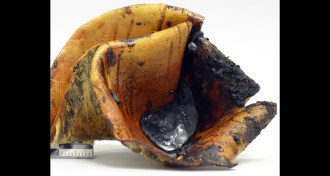 Anthropology
AnthropologyFiery re-creations show how Neandertals could have easily made tar
Neandertals could have made tar with simple methods and materials on hand, new experiments show.
By Bruce Bower -
 Anthropology
AnthropologyNitty-gritty of Homo naledi’s diet revealed in its teeth
Ancient humanlike species ate something that damaged its teeth.
By Bruce Bower -
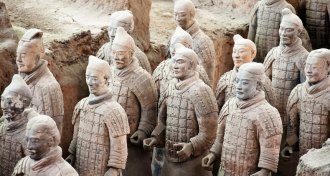 Anthropology
AnthropologySome secrets of China’s terra-cotta army are baked in the clay
Specialized production system lay behind the famous terra-cotta troops found in ancient Chinese emperor’s tomb.
By Bruce Bower -
 Anthropology
AnthropologyInfant ape’s tiny skull could have a big impact on ape evolution
Fossil comes from a lineage that had ties to the ancestor of modern apes and humans, researchers argue.
By Bruce Bower -
 Anthropology
AnthropologyAncient people arrived in Sumatra’s rainforests more than 60,000 years ago
Humans reached Indonesia not long after leaving Africa.
By Bruce Bower -
 Anthropology
AnthropologySacrificed dog remains feed tales of Bronze Age ‘wolf-men’ warriors
Canine remnants of a possible Bronze Age ceremony inspire debate.
By Bruce Bower -
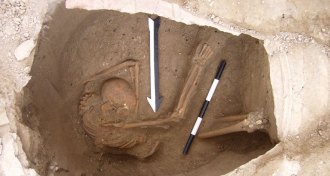 Anthropology
AnthropologyAncient DNA offers clues to the Canaanites’ fate
DNA is painting a more detailed portrait of the ancient Canaanites, who have largely been studied through the secondhand accounts of their contemporaries.
-
 Anthropology
AnthropologyReaders question hominid family tree
Readers sent feedback on hominid origins, fast cameras, slimy sea creatures and more.
-
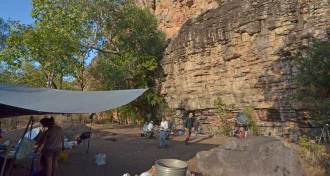 Archaeology
ArchaeologyHumans first settled in Australia as early as 65,000 years ago
Australia may have said “G’day” to humankind thousands of years earlier than previously believed.
-
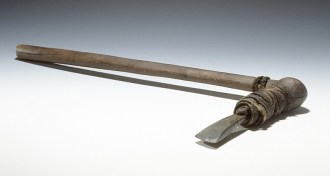 Archaeology
ArchaeologyCopper in Ötzi the Iceman’s ax came from surprisingly far away
Copper for the ancient Iceman’s blade traveled about 500 kilometers to his northern Italian home region.
By Bruce Bower -
 Anthropology
AnthropologyFossil tooth pushes back record of mysterious Neandertal relative
A Denisovan child’s fossil tooth dates to at least 100,000 years ago, researchers say.
By Bruce Bower